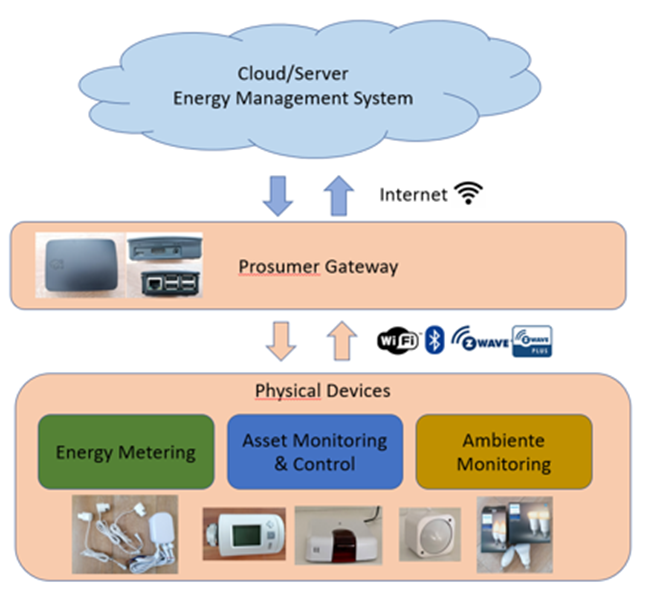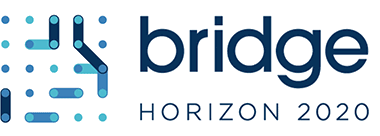As the Austrian demonstration sites main objectives for the IElectrix project implementation not only cover the installation of a large-scale Battery Energy Storage System, but also feature the implementation of a human-centric Demand Response framework, said framework is highlighted in the following.
In the demonstration area of Güssing no Demand Response framework was established prior to the project start. With that in mind, the first step towards the implementation comprised the analysis of potential customers, willing to participate, and the inspection and on-site analysis of potential assets to be included in the DR framework.
The assets inspected for the integration conclude to the following:
- Smart Lighting systems
- HVAC systems
- Domestic Hot Water systems
To enable the asset integration, standard light bulbs are upgraded to smart lights, while additional equipment to monitor and control the other assets remotely, is required, based on the specific conditions at the participants’ premises.
As an example, on the right the sketch of an office workplace is shown where based on the infrastructure an air conditioning controller and additional smart lights are installed.
The monitoring of the workplace includes both the settings for the AC and the Smart Lights as well as the energy consumption of the same. Furthermore, ambient sensors are commissioned at the premises providing the base for participant specific comfort profile development of the preferred environmental conditions like illuminance and temperature.
All physical devices are then linked to the so-called prosumer gateway, represented by a Raspberry Pi, and connected to the Energy Management System.
While the connection from the physical devices is set up via communication protocols like Bluetooth, WiFi and Z-Wave (Plus) utilising openHAB, the gateway itself directly connected to the internet and remotely accessible.
In a first step, the measured data from the single participants is gathered and analysed in
order to establish flexibility profiles based on the participants behaviour in the initial “learning and analysis” – phase. On the one hand, the electric energy consumption and generation analysis of specific assets is utilised for the estimation of the controllable amount of electrical power. On the other hand, the corresponding ambient conditions are recorded and utilised for the creation of the participants personal comfort profiles, including both the thermal aspect as well as illuminance.
Based on these comfort profiles, boundary conditions for the control of the included smart assets are calculated. In this respect, the goal of the Demand Response framework implemented in the Austrian Demonstration is to utilise the available flexibility of the participants only within their acceptable comfort profile.
This approach increases not only the initial acceptance and willingness to participate in the framework, but also paves the path to long term contracts with the participants and ensuring the availability of a sufficient flexibility amount. Nevertheless, participants feeling uncomfortable with their participation, can pause or exit the framework at any time. The goal of enhancing the Demand Response scheme, in order to become an even more attractive and user friendly one, is supported by the continuous inclusion of the participants feedback on their experience gathered during the project duration. This is considered as one key factor distinguishing the IElectrix Demand Response framework from many other Demand Response applications.
As partners of the Austrian demonstration, all of us are looking forward into presenting the results of the demonstration activities regarding the implementation of Demand Response, performed during the next project year.



